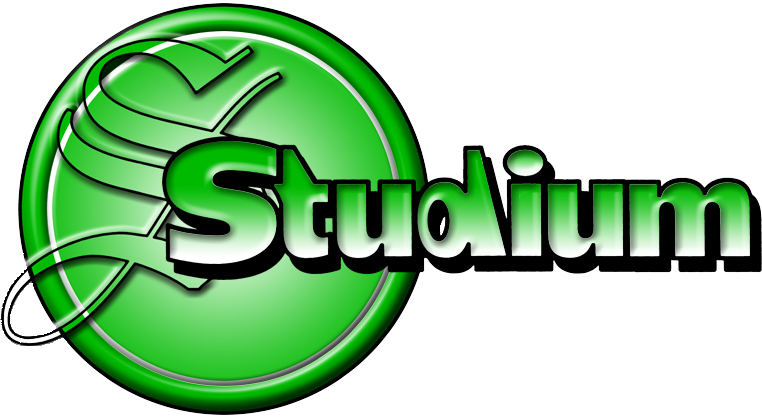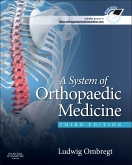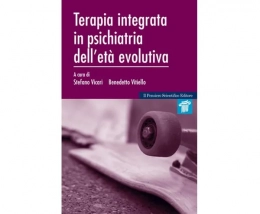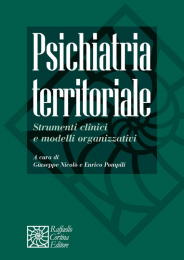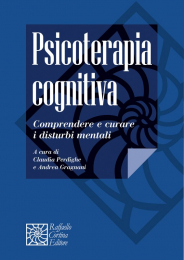Non ci sono recensioni
| Description | |
|
Since its first publication, almost two decades ago, A System of Orthopaedic Medicine has proven to be a reliable resource and guide for those clinicians working in the field of orthopaedic medicine who assess and treat the effects of musculoskeletal pain. This third edition remains focused on clinical reasoning and diagnosis, with detailed guidance on palpation of the anatomical structures and the correct performance of each therapeutic technique. Following the ‘System’, the clinician first completes a systematic clinical assessment of the joints involved, and then, after interpreting the results, groups the disorders and conditions into clinical syndromes. Finally, the natural history and the conservative treatment of each condition are discussed accordingly.
NEW! LOG ON TO www.orthopaedicmedicineonline.com TO START YOUR EXPERIENCE AND ACCESS:
|
| Author Info | |
| By Ludwig Ombregt, MD, Medical Practitioner and International Lecturer in Orthopaedic Medicine, Kanegem, Belgium |
Table of Contents:
Preface to the third edition
Preface to the first edition
About the website
Acknowledgements
Section 1: General principles
1. Pain
2. Pressure on nerves
3. Connective tissue
4. Clinical diagnosis of soft tissue lesions
5. Principles of treatment
Section 2: The cervical spine
ONLINE Applied anatomy of the cervical spine
6. Clinical examination of the cervical spine
7. Interpretation of the clinical examination of the cervical spine
8. Mechanical disorders
9. Non-mechanical disorders: warning signs
ONLINE Non-mechanical disorders
10. Whiplash-associated disorders
ONLINE Headache and vertigo of cervical origin
11. Treatment of the cervical spine
Section 3: The shoulder
ONLINE Applied anatomy of the shoulder
12. Clinical examination of the shoulder
13. Interpretation of the clinical examination of the shoulder
14. Disorders of the inert structures
ONLINE Excessive range of movement: instability of the shoulder
15. Disorders of the contractile structures
ONLINE Disorders associated with a painful arc
Section 4: The shoulder girdle
ONLINE Applied anatomy of the shoulder girdle
ONLINE Clinical examination of the shoulder girdle
ONLINE Interpretation of the clinical examination of the shoulder girdle
ONLINE Disorders of the inert structures
ONLINE Disorders of the contractile structures
Section 5: The elbow
ONLINE Applied anatomy of the elbow
16. Clinical examination of the elbow
17. Interpretation of the clinical examination of the elbow
18. Disorders of the inert structures
19. Disorders of the contractile structures
Section 6: The wrist, thumb and hand
ONLINE Applied anatomy of the wrist, thumb and hand
20. Clinical examination of the wrist, thumb and hand
21. Interpretation of the clinical examination of the wrist, thumb and hand
22. Disorders of the lower radioulnar joint
23. Disorders of the wrist
24. Disorders of the thumb
ONLINE Disorders of the hand and fingers
Section 7: Nerve lesions and entrapment neuropathies of the upper limb
ONLINE Nerve lesions and entrapment neuropathies of the upper limb
Section 8: The thoracic spine
ONLINE Applied anatomy of the thorax and abdomen
25. Clinical examination of the thoracic spine
26. Interpretation of the clinical examination of the thoracic spine
27. Disorders of the thoracic spine: disc lesions
28. Disorders of the thoracic spine: non-disc lesions
ONLINE Disorders of the thoracic spine and their treatment
ONLINE Disorders of the thoracic cage and abdomen
29. Ankylosing spondylitis of the thorax
Section 9: The temporomandibular joint
ONLINE Applied anatomy of the temporomandibular joint
ONLINE Clinical examination of the temporomandibular joint
ONLINE Interpretation of the clinical examination of the temporomandibular joint
ONLINE Disorders of the temporomandibular joint
Section 10: The lumbar spine
30. Introduction to the lumbar spine
31. Applied anatomy of the lumbar spine
32. Ageing of the lumbar spine
33. The dural concept
34. The ligamentous concept
35. The stenotic concept
36. Clinical examination of the lumbar spine
37. Lumbar instability
38. Mechanical disorders of the lumbar spine: differential diagnosis
39. Non-mechanical disorders of the lumbar spine
ONLINE Disorders
40. Treatment of the lumbar spine
Section 11: The sacroiliac joint and coccyx
ONLINE Applied anatomy of the sacroiliac joint
41. Clinical examination of the sacroiliac joint
42. Interpretation of the clinical examination of the sacroiliac joint and coccyx
43. Disorders of the sacroiliac joint
44. Anatomy and disorders of the coccyx
Section 12: The hip and buttock
ONLINE Applied anatomy of the hip and buttock
45. Clinical examination of the hip and buttock
46. Interpretation of the clinical examination of the hip and buttock
47. Disorders of the inert structures
48. Disorders of the contractile structures
ONLINE Groin pain
ONLINE Hip disorders in children
49. Summary of hip pain
Section 13: The knee
ONLINE Applied anatomy of the knee
50. Clinical examination of the knee
51. Interpretation of the clinical examination of the knee
52. Disorders of the inert structures: capsular and non-capsular patterns
53. Disorders of the inert structures: ligaments
ONLINE Disorders of the inert structures: ligamentous instability
54. Disorders of the contractile structures
ONLINE Differential diagnosis of lesions at the knee
Section 14: The lower leg, ankle and foot
ONLINE Applied anatomy of the lower leg, ankle and foot
55. Clinical examination of the lower leg, ankle and foot
56. Interpretation of the clinical examination of the lower leg, ankle and foot
57. Disorders of the lower leg
58. Disorders of the ankle and subtalar joints
ONLINE Differential diagnosis of lesions at the heel and ankle
59. Disorders of the midtarsal joints
ONLINE Disorders of the forefoot and toes
Section 15: Nerve lesions and entrapment neuropathies of the lower limb
ONLINE Nerve lesions and entrapment neuropathies of the lower limb
Section 16: Psychogenic pain
ONLINE Psychogenic pain
